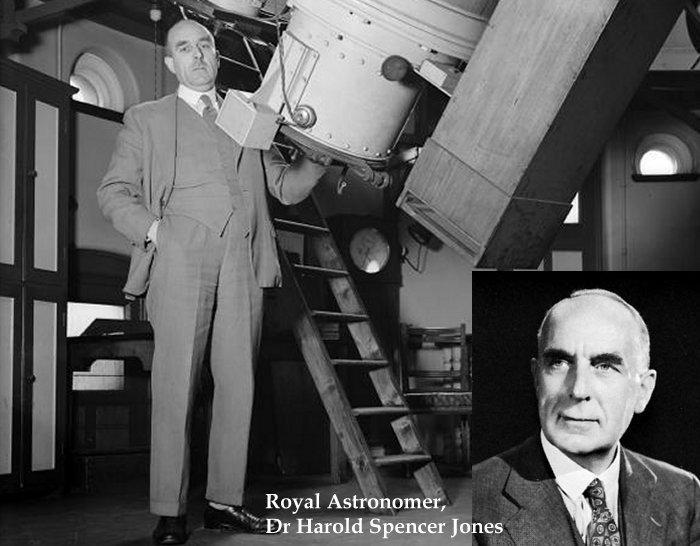He was born on March 29, 1890 in London and studied at the University of Cambridge. After studies, Jones became chief assistant at the Royal Observatory in Greenwich in 1913.
Later, he was his majesty’s astronomer to the observatory at the Cape of Good Hope from 1923 to 1933, and in the latter year he returned to Greenwich as astronomer royal.
Spencer Jones’s astronomical work extended over a range of subjects. He studied the motions of stars and particularly specialized in the motion and orientation of the Earth in space.
He organized a program that led to a more accurate determination of the mean distance between the Earth and the Sun. He also conducted own research concentrated on the motions of the Earth and the Moon. He refined knowledge of the Moon’s orbit using observations of occultations of stars
Using information from observations of the asteroid Eros during its close approach to the Earth in 1931, he computed in 1941 the solar parallax and from that the mean distance to the Sun, approximately 149 million km (93 million miles).
In 1943, Jones was knighted and received the Gold Medal of the Royal Astronomical Society and the Royal Medal of the Royal Society of London. His works include Worlds Without End (1935), Life on Other Worlds (1940), and A Picture of the Universe (1947).
MessageToEagle.com











